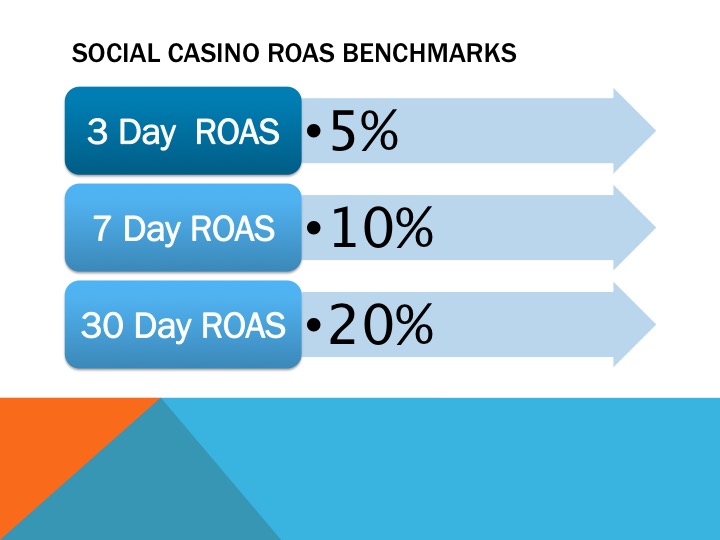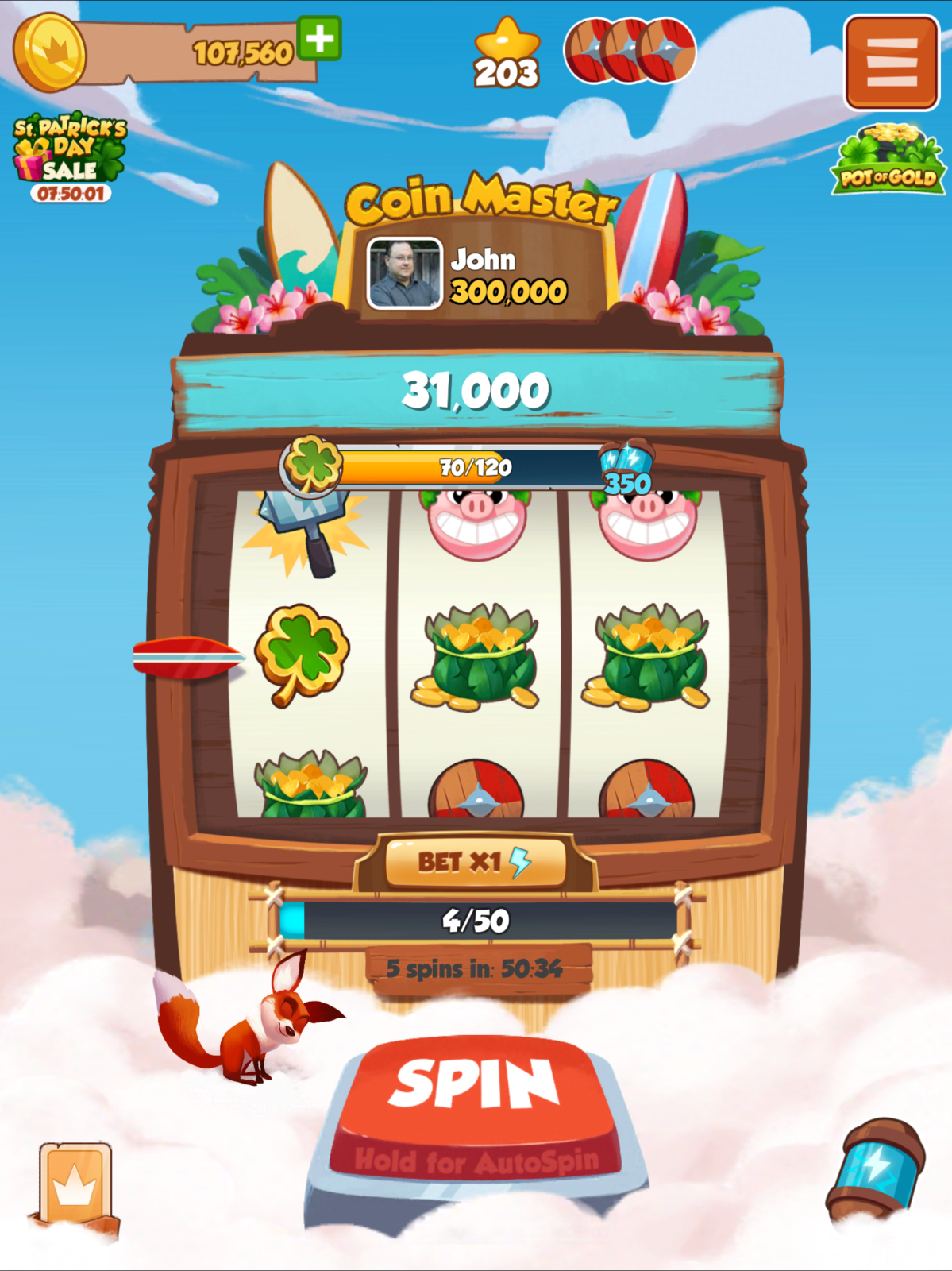Reid Hoffman’s and Chris Yeh’s recent book (Hoffman was the founder of LinkedIn), Blitzscaling, provides great analysis on how companies like Google, Uber, Amazon have scaled so massively. As Hoffman wrote, “when you scale at speed, you can capture the market quickly and also outmaneuver potentially global competition. Given the parallels with military and sports strategies, we can call this blitzscaling. Literally: lightning scaling.”
Hoffman explains the key principles, which he refers to as Blitzscaling, in companies going from scrappy start up to corporate giants. These principles are critical if you are building a business that you plan to grow significantly or if you are an investor. It is also valuable to understand the concept of blitzscaling to understand the tech ecosystem.
The key difference between blitzscaling and traditionally business building is how quickly and large it becomes: blitz from the German WW2 phrase Blitzkrieg (lightning warfare) and scaling, which means growth. The principles below show how the Amazons and Googles grew into the biggest companies in the world (keep in mind not everyone is going to enjoy success and it is a very risky course). The principles, however, are important to understand not only if you are trying to blitzscale but also if you are in a market where a competitor is taking this approach.
Proportional growth
The first key to blitzscaling is proportional growth. Not only is blitzscaling focused on very rapid growth but also proportional, and therefore sustainable. By proportional, Hoffman means that you are expanding across your business, not just one element. For example, a lemonade stand that increases the quantity of lemonade it has available to sell 100X is not blitzscaling but if it gets more cups as well as lemonade and sets up 100 locations across the city it is. Amazon blitzscaled when it went from $5.1MM in rev and 151 people in 1996 to revenue of $1.64 BN and 7,600 people in 1999.
Be Aggressive and Fast
The second key is that you need to be aggressive and fast. Blitzscaling involves throwing caution to the wind; embracing risk is a defining component. While a traditional company would grow, secure its position, then grow further, consolidate again, then commit to growing again, etc., blitzscaling companies act differently. Growth is the only priority, logistics and securing the growth they have achieved are not important. Profitability is not critical or even relevant.
Blitzscaling companies focus on speed over efficiency. Blitzscaling is why taxi companies tremble when a peer to peer ridesharing company like Uber rolls into town. The blitzscaling company does not care about short term profitability, it is focused entirely on growth. The logic is that first scaler advantage goes to the company that is first to scale up and dominate its business ecosystem. Once a company scales, it is much more difficult for competitors to then enter the space or raise money to compete. Traditional competitors might refer to this tactic as dumb money, since the blitzscaler is not focusing on growth, it is a logical strategy for building a dominant, huge player.
Focus on growth factors
The next key to blitzscaling is focusing on four growth factors, all blitzscaling companies seek to maximize: network effects, market size, distribution and high gross margins. Network effects make first mover advantage much more important. If you look at Facebook or Uber, the network effect creates huge barriers to entry once an entrant has grown very large. In Facebook’s case, no consumer would want to be part of a different social network that did not have their friends and family. In Uber’s case, the number of riders generates many drivers (because of the revenue opportunity for drivers), which generates more riders because of the availability of Uber rides. A late entrant cannot come into a space with high network effects because they will not have enough liquidity to compete.
The second growth factor critical to blitzscaling is market size. A company’s market needs to be sizable, otherwise there just will not be enough investment money to fuel growth. Nobody will fund a blitzscaling company in a market where they cannot scale (eg. toys for pet lions).
The third growth factor is distribution. You may have a great product and large well-defined market but getting it to customers on a massive scale is not trivial. Distributing a product on such a scale can happen in two ways. First, you can use a distribution network that already exists, from UPS to Apple’s AppStore. The second way is viral distribution. You infect one customer, they infect more customers, and so forth and so on.
Gross margins are the final key growth factor. Gross margins are the money you take in once costs are covered, revenue minus the costs of the actual goods (COGs). The find the percentage, Gross margin/COGS=%, and a high percentage makes it easier to attract the investment needed to scale. Investors want to put money into opportunities where they can enjoy huge returns, and if the margins are high then potential returns are huge at scale. The importance of gross margin is why tech companies, who enjoy a very high gross margin since the marginal cost of a digital product is often negligible, dominate the list of firms who have blitzscaled.
Product/market fit and operational scalability
The greater the product fits with the market need, the higher opportunity for blitzscaling. Immediately achieving perfect product/market fit is not likely. To improve the fit and allow for blitzscaling, most companies must adjust their product to make it better suit the market’s needs. This is another area that benefits tech companies. It is easier for a tech company to be nimble regarding product/market fit; fiddling by bringing out a new version of software or testing out a new app feature requires less infrastructure than redoing a physical commodity. You need to edit code, you do not need to buy new machinery.
Operational scalability, or lack thereof, can facilitate or halt scaling. As you grow, you need to deliver more of your product. If you cannot, you are missing out on potential sales and allowing a competitor to fulfil this demand. While less of an issue for tech and mobile companies, going from having 100,000 daily unique users to 10,000,000 still has crashed many a product. Sometimes it is impossible to recover from those crashes, as customers have already abandoned your company.
Manage the growth
The challenges of scaling are complex – and they become increasingly complex as a company grows. You need a plan, operational control and a business plan for long term growth. Growing a business also increases its complexity, which can create issues with management philosophy, organizational hierarchy and company culture. These questions are especially challenging for a blitzscaling company, since it has to answer them continually (and re-evaluate) in the midst of rapid, massive growth.
Leverage existing Blitzscaling patterns
Companies are much likely to blitzscale successfully if they follow the patterns set by other companies that have already blitzscaled. Hoffman identifies seven such patterns:
- Sell a product that is purely digital. For example, consider an extra, purchasable outfit, or skin, for a character in a video game. Since it only exists virtually, a skin costs practically nothing to make and sell. This means gross margins of nearly 100 percent. Purely digital are a very lucrative line of business for many tech companies, especially in the mobile game industry.
- Go digital even with a physical product. Amazon invested in physical products but created a powerful digital-management system.
- The SaaS (software as a service) model, selling software using a subscription model.
- Leveraging the power of platforms. If you can establish your product or service as the standard platform for buying and selling products, you stand to capture a large share of total revenue (for example, Amazon makes more revenue from commissions and fees on its marketplace than the physical goods it sells as a retailer).
- Take advantage of online marketplaces. These are a specific type of platform – platforms that not only bring buyers and sellers together, but also let them set their own prices through the market forces of supply and demand, ie. AirBnb and eBay.
- The sixth pattern involves tapping into the eyeball capturing power of online content-sharing feeds, like Twitter or Facebooks’ timelines. As feeds are effective at captivating people’s attention, they are thus very attractive to advertisers, who will pay premium prices to insert their ads and sponsored content into addictive streams of information and entertainment.
- Advertising is the final pattern, which is to offer your product or service for free and try to make money in some other way.
These seven patterns represent how the most successful blitzscaling companies built their empires.
Becoming the next blitzscaling company
To become the next Amazon and Google, you need an outsized ambition and tolerance for taking big risks in the hope of a big payoff. The patterns above can help you achieve this ambitious goal.. Embracing uncertainty and risk while prioritizing speed over efficiency, taking advantage of four growth factors and navigating growth limiters can all set a company up for rapid and massive expansion that will be sustainable in the future. With a clear vision, blitzscaling can help a business dominate an ecosystem.
Key takeaways
- Blitzscaling is how companies like Google, Amazon and Uber have grown massive incredibly fast. When you scale at speed, you can capture the market quickly and outmaneuver potentially global competition. Given the parallels with military and sports strategies, this process is called blitzscaling: lightning scaling.”
- Blitzscaling involves throwing caution to the wind; blitzscaling companies focus on speed over efficiency.
- Blitzscaling companies focus on optimizing four growth factors: network effects, market size, distribution and high gross margins.














